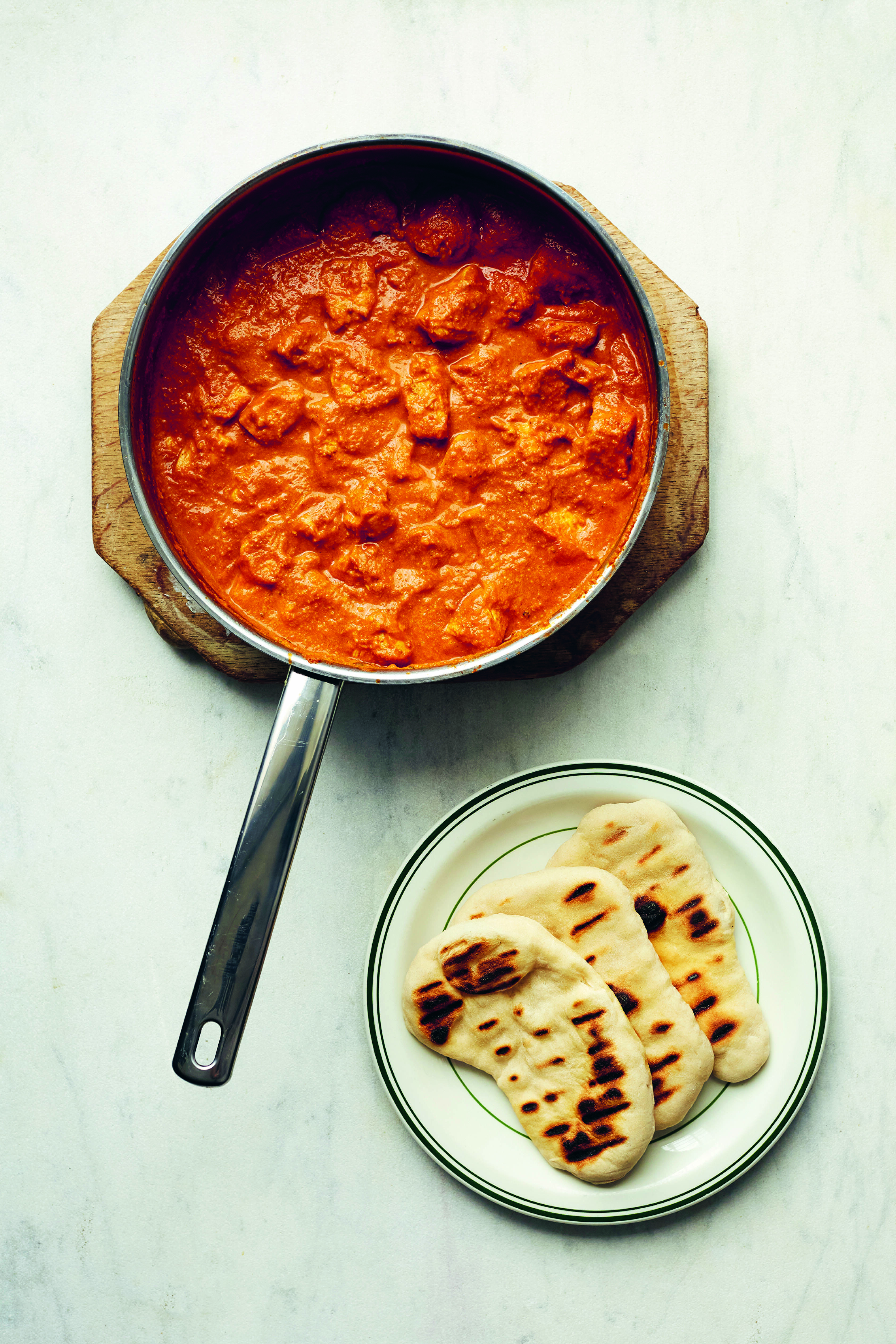
There are a bunch of spicy, Indian-flavoured dishes in The British Cookbook. But you won’t find any of them in India
In The British Cookbook, Ben Mervis records the recipes and retraces the roots of the country’s colonial legacy
Britain might be an island nation but its culinary influences aren’t limited to its shores. In The British Cookbook, the author and food historian Ben Mervis leads readers through the foodways of England, Wales, Scotland, and Northern Ireland, uncovering the surprising roots, stories and recipes that make up a hugely distinctive and varied national cuisine.
The book covers all the familiar recipes, such as shepherds pie and fish and chips, as well as less well-known dishes, including Welsh salt duck and brown bread ice cream.
In the book’s introduction, Mervis offers a hugely insightful overview of how Britons came to cook the way they do, describing, for instance, how overseas influences informed domestic kitchens and palettes.
“From the early seventeenth century, Britain started to accumulate economic and territorial footholds in the Americas, the Caribbean and India through conquest and colonisation,” he writes.
Mervis doesn’t underplay the horrors of the system that brought these foreign tastes to Britain, writing, for instance, that “the inhumane conditions of the sugar plantations of the West Indies resulted in a seven-year life expectancy for those forced to work there.”

Author Ben Mervis
Nor does he obscure the way in which foods were reformulated to suit British palettes. Consider, for example, mulligatawny soup, a spicy chicken dish which came to Britain via the Empire. “One of the earliest Anglo-Indian dishes, this spiced curry soup was created by Indian chefs in the late eighteenth century to suit the palate of the resident Brits,” writes Mervis. “These chefs adapted a spiced broth-like dish called milagu-tannir (or ‘pepper water’), which was traditionally served over rice, into a thicker dish more akin to British notions of ‘soup’.”
There’s also kedgeree, a mix of rice, eggs and haddock, which came back to Britain via homebound colonialists. “One of the earliest and best loved Anglo-Indian dishes, this breakfast staple has its origins in the late seventeenth century, when Britons returning from India attempted to recreate a spiced rice-and-lentil dish called khichri,” explains the author.
However, perhaps the most popular Anglo-Indian dish to make it onto British plates, and find popularity around the world (including India) came following the fall of the British Empire and the establishment of its replacement, the Commonwealth. As Mervis writes, in 1948, the UK enacted laws to allow citizens from its former Empire to colonies to Britain, bringing thousands of new migrants to the country. Many of those migrants established restaurants, adapted their food to suit their new home, and, in so doing, created popular new, British dishes, such as chicken tikka masala.
“Chicken breast marinated with yogurt and spices and cooked in a creamy tomato curry, chicken tikka masala is one of Britain’s best-loved dishes and is said to have originated in either Glasgow or Birmingham,” writes Mervis. “The story at Glasgow restaurant Shish Mahal is that it was invented by the restaurant’s Pakistani head chef Ali Ahmed Aslam, who addressed a guest’s complaint that their curry was ‘too dry’, by returning it to the kitchen and adding to it some of the tomato soup he was supping.”

Mervis doesn’t put his full scholarly weight behind this anecdote, but he does confirm the British curry’s popularity. “The dish is now so ubiquitous that in recent years it has overtaken fish and chips in UK polls of the nation’s favourite dish,” he writes. To get the full recipe for all the foods mentioned, as well as much more besides, order a copy of The British Cookbook here.